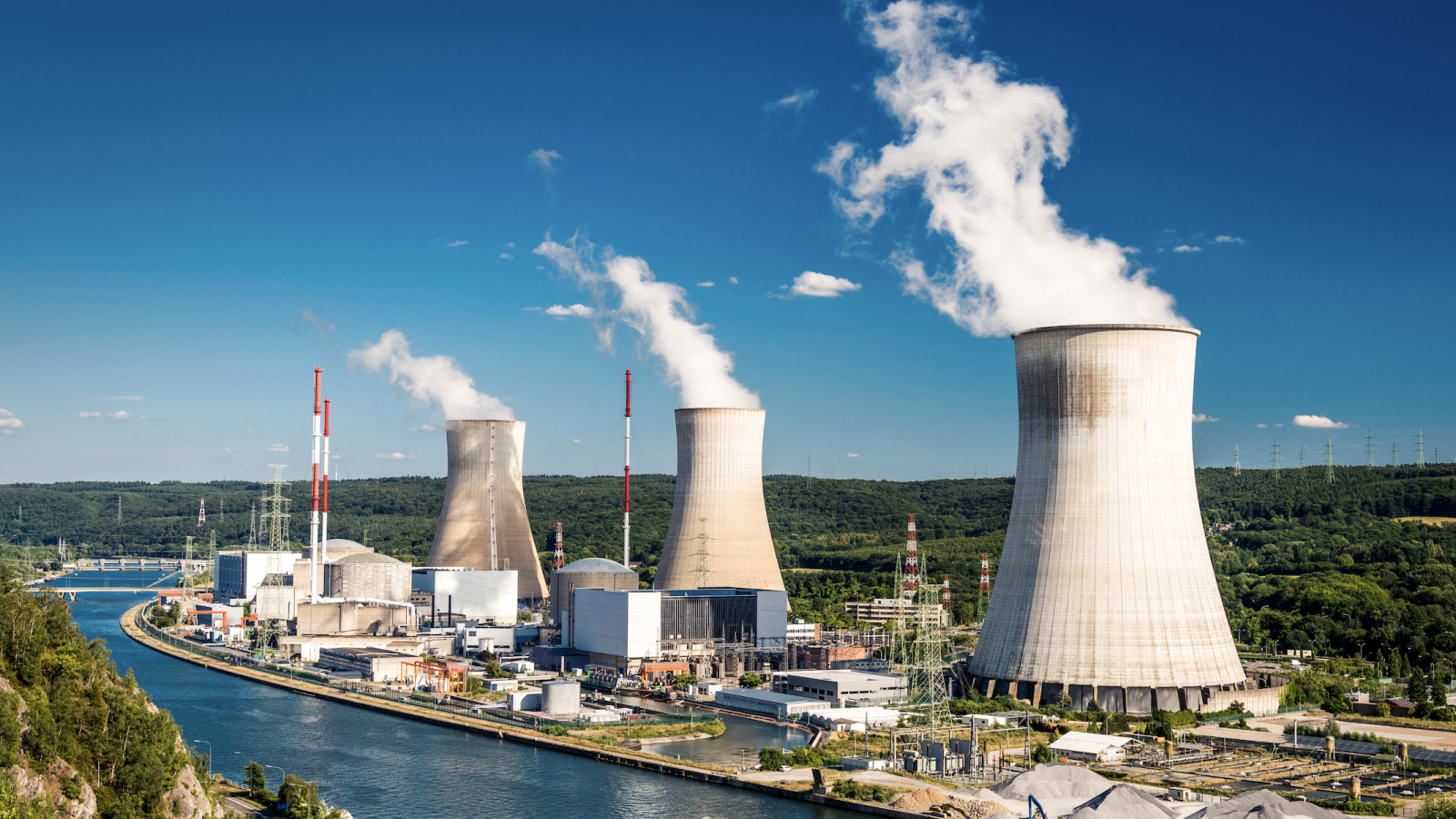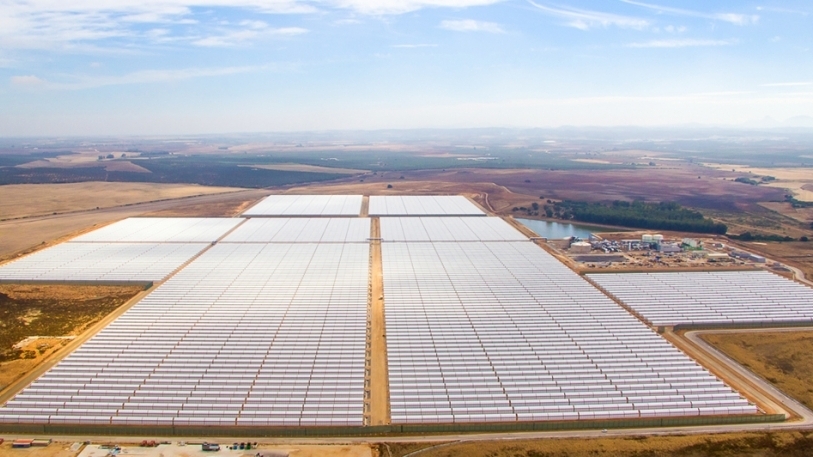Electric vehicles, giga-factories, data centres and the build-up of the renewable hydrogen sector will lead to a jump in demand for power by 30% in Europe by 2035.
The most significant sector will be electromobility where researchers expect the power consumption from electric vehicles to grow to around 170 TeraWatt hours (TWh) in 2030, and close to 300 TWh in 2035. 300 TWh compares to the forecasted power consumption of Spain in the 2030s, according to the study by LSEG Power Research.
By 2035, more nuclear plants will close in Europe than new start. Nuclear power capacity will likely start picking up in the second half of the 30s, given the ambitions in France, Sweden, Netherlands, Poland and Czech Republic to build new reactors, the researchers wrote in a report that was shared with Net Zero Investor.
“The level of change across the region can be put down to significant policy interventions – at a national and supranational level through the European Union," stressed Nathalie Gerl, Lead Power Analyst at LSEG Power Research.
Net Zero Investor's Annual Conference | 11th December 2023 | London
Gerl added: “Even though several European countries – most prominently France - have the concrete intention to expand their nuclear fleet, Sweden, Netherlands, Czech Republic, or enter it anew, like in the case of Poland, we do not expect that these plans will come to fruition within our forecast horizon."
She pointed out that coal and lignite firing will drop drastically, primarily due to the coal phaseout plans which will make Western and Northern Europe coal-free by 2030. For Europe she expects an 87% drop in coal and lignite firing 2024-2035.
"In the UK we expect stronger CO2 emission reductions than in the European average: the 2035 emissions fall by 93% compared to 2005 levels."

The reliance on gas for power generation remains high, Gerl continued, saying that rising power consumption and coal & nuclear decommissioning will be largely replaced by renewable power, but also require for more gas for power generation: "we expect gas-fired power to peak in 2030 at 18% higher than the estimated 2023 gas generation. Only in the 30s will gas-to-power start falling gradually.
"Despite this, we will still see a threefold increase of solar and wind power in Europe in 2035 compared to today. The share of renewables on total power generation increases steadily: we expect 73% renewable power in 2035, and 84% emission-free power, includes nuclear," she said.
Power sector CO2 emissions are expected to drop by 83% in 2035, compared to 2005 emission levels.
"In the UK we expect stronger CO2 emission reductions than in the European average: the 2035 emissions fall by 93% compared to 2005 levels," Gerl said.
"The introduction of power generation from low-emission hydrogen could come before 2035 but is not part of our base case scenario yet, as we need to learn more details on the concrete strategy for hydrogen-to-power. That could contribute to abate the remaining the remaining natural gas-fuelled power before 2035," she concluded.
Also read
Counting down: the key investments themes that will define COP28





